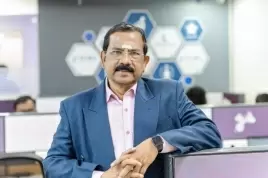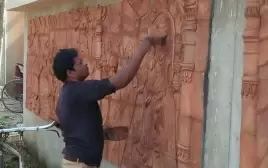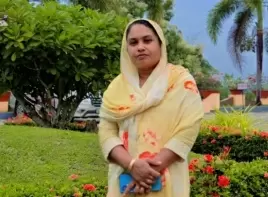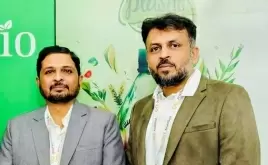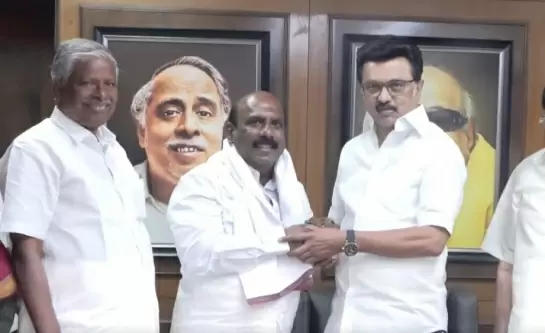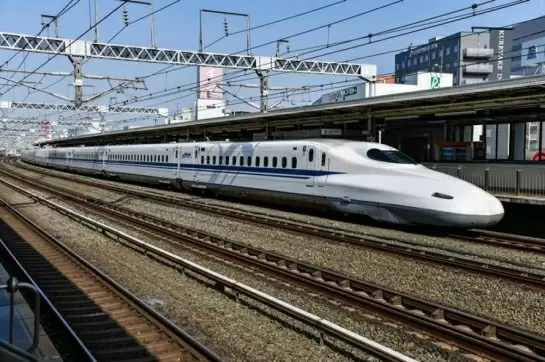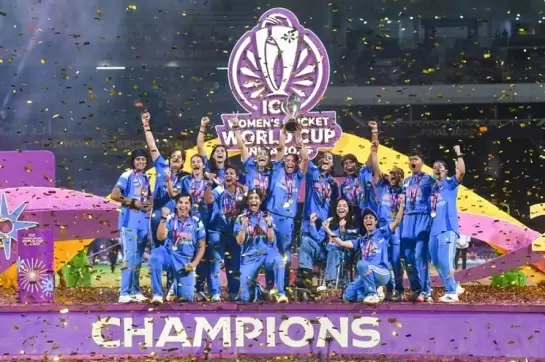Change your dietary habits for a prosperous India

22-June-2012
Vol 3 | Issue 25
From 1960s till 2007, if we look at the per capita availability of food grains, then there has been only a 4.8 per cent increase in the per capita availability of rice. We look at 1960s because that is considered the watershed year when Green Revolution was introduced and the general assumption that a lot of food grain came in after that.
In wheat, of course, there was a 50 per cent increase but then, we have lost other cereals like millets by 50 per cent at the same time. So, actually, there has been no increase in food production.
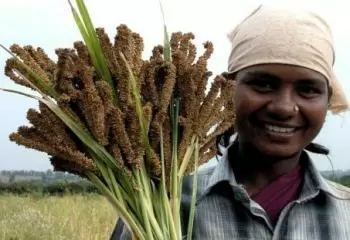 |
|
Millets offer us enormous amount of nutrition which rice and wheat cannot (Photo: Sahaja Samrudha)
|
Besides, we have lost 40 per cent of grams and 45 per cent of the pulse varieties. So the kind of confusion we face when talking about food and nutrition security in different terms, was not there prior to green revolution.
In fact, the past agricultural practices took care of all our nutritional or cereal requirement. By dividing the two, we also had to come up with various schemes like the horticulture mission, pulses mission, etc.
Only if we could restore the biodiversity that existed because of millet cultivation, we would not have been facing this confusion.
Another misconception that ails millets, which are vast in variety, is that they do not cook as many dishes as wheat and rice. Let me assure everybody that every Indian dish possible, like dosa, idli and even ladoos, can be cooked with millets.
Also, millets offer us enormous amount of nutrition which rice and wheat cannot, be it major or micro nutrients. The reason India is the diabetic capital of the world is because today we have lost most of the millets. Bajra, or foxtail millet, for example, is twice as rich as rice in protein.
Millets are highly fibrous cereals and there is not much problem digesting them as they do not contain much carbohydrates. Mandua, a millet, gives us 344 mg of calcium whereas rice can give us only 10 mg and wheat can give us only 41 mg. So why were these healthy grains abandoned?
Despite of this marginalisation of millets, we still are the largest millet consuming country in the world. We consume about nine million tonnes of millets every year. Only Nigeria and Niger come next to us.
When we say that Sub-Saharan countries are better than us when it comes to nutrition, I feel it's because of their consumption of millets. In the last 20 years, 35 per cent of millet growing area has been lost and four million hectare has become fallow.
One of the main reasons for this is our wheat and rice-obsessed public distribution system. Strangely, millets have become a food of the elite who are discovering new health concepts while the poor are being deprived of it.
Another challenge in front of us is climate change. By 2050, it is estimated that we will have a 2 degree rise in temperature. As a result, wheat might just disappear from our landscape as it is an extremely thermal-sensitive crop and might not be able to sustain a two degree rise.
With rice, the problem is that the way we grow it with a lot of water and chemicals, it generates methane, a green house gas which contributes to rising temperature. If we consider the amount of water required to grow rice in a one acre field, it is six million litres.
This much water can help sustain 300 families for a week. Can we be so profligate in the use of water when excessive water shortage is already predicted? This is why we might also have to give up growing rice and only millets can save us in the changing climate scenario.
Rice production is also based on false economics. Even if the water is priced at 10 paise per litre, then it should be sold at Rs 210 per kg which is not the case as of now.
Traditional millet farming does not require any irrigation or chemical use. It completely depends on rain water and has a biodiverse system where a lot of millets are grown together.
Millet crops are also carbon sequesters as they push the carbon back into the ground, which is another crucial need to tackle climate change.
In a classical millet farm, one can easily tackle the crisis of scarcity of pulses and oilseeds by growing a row of millet, then a row of pulses and then grams that can be grown across the field. So all the solutions to malnutrition are embedded in a single farm.
National food security is a dated concept. What we must look at now is food sovereignty where every farmer is able to grow food in his farm without any external input.
We already have enough food grain in this country and it is growing but there is hunger still because the entire food production system is centralised. Even in Mizoram one can find the rice from Punjab which the people don't like because it is not a part of their culture or food system.
So why can't Mizoram be allowed to grow its own rice varieties and consume it? Also, it's a crime to transport food across such a huge distance especially in this age when fuel prices are shooting by the day.
There is 25 million hectare of cultivable fallow land in this country which can give around 40 million tonne grain. This work can also be made part of the rural job scheme.
The government can help the millet farmer by giving him certain incentives. Firstly, he should be given a water bonus for conserving water. Secondly, he should be given a climate change bonus for being climate compliant and thirdly, he should also be given an incentive for conserving the biodiversity of the farm.
If all these incentives combined are given to a millet farmer at the rate of Rs 5,000 per acre, then most problems related to agriculture can be solved. And it is not a big amount. For 30 million hectare, it amounts to about Rs 15,000 crore a year. This amount, in this scam ridden country, is not even worth a scam.
For food security, we in the Deccan Development Society, have been following the system of local procurement, local storage and delivery. Farmers who can't cultivate for want of investment are identified and given a loan of Rs 2,500-4,500 which they have to return in the form of grains.
This grain is stored in the village as community grain fund out of which food entitlements to the poor families are made. These poor families are identified by the village community itself.
There has never been a complaint with this system for the last 15 years it has been running. We are working in about 120 villages and the programme is feeding 50,000 families and is extremely cheap to administer.
In 1990, the National Institute of Rural Development estimated the economics of our kind of PDS and it was found that for every Rs 1.60 spent, Re 1 reaches the beneficiary.
In comparison, for every Rs 7 that the government spends on PDS, only Re 1 reaches the beneficiary. Besides this, our system creates multiple livelihoods, fodder and nutrition security.
It's high time we avoid being fixated with the idea of rice and wheat and look at these multiple angles.
P V Satheesh is the director of Deccan Development Society and national convener, Millets Network of India. He was speaking at the Farmers' Forum conference on food security in Delhi. - GOI Monitor



